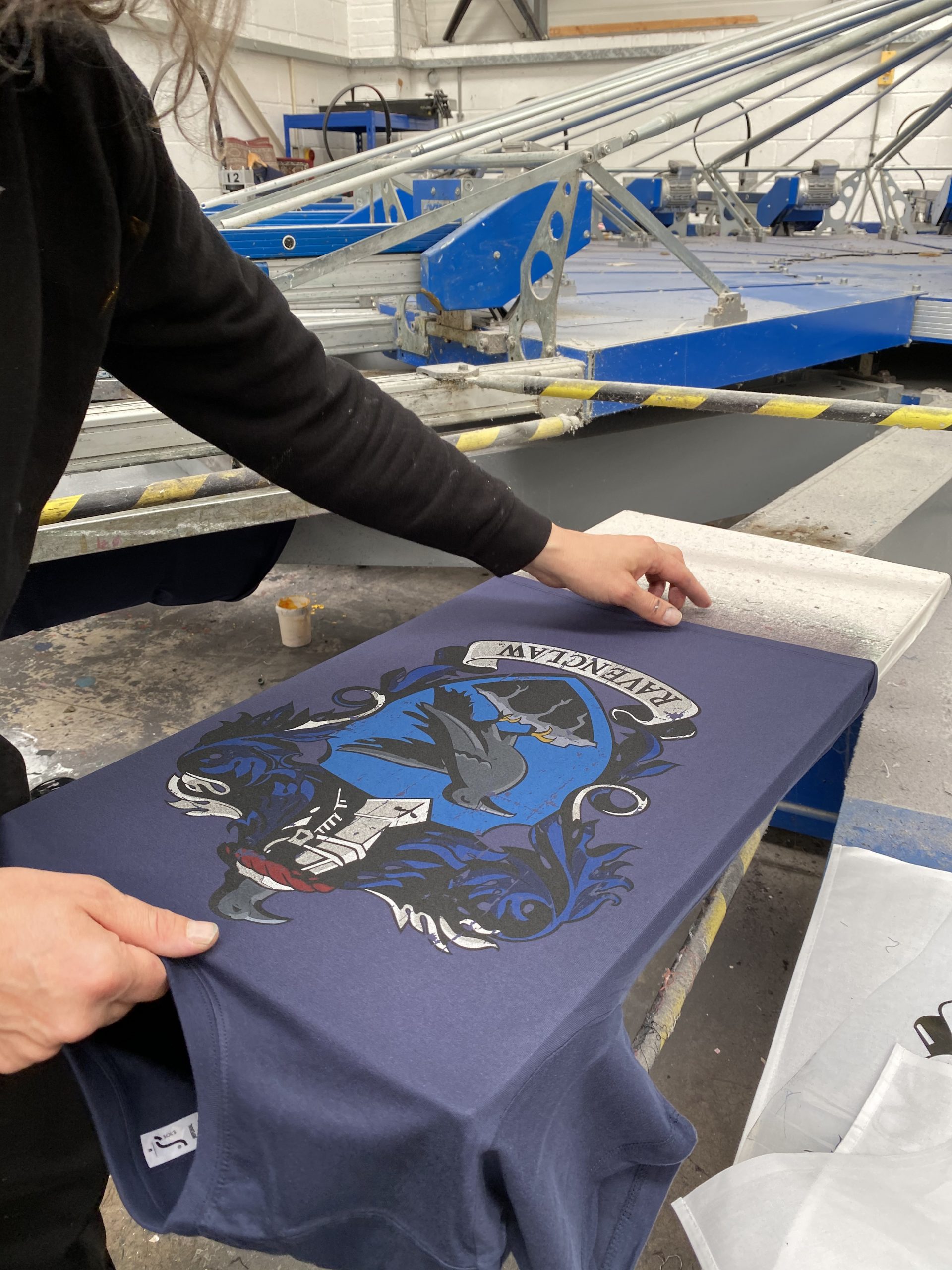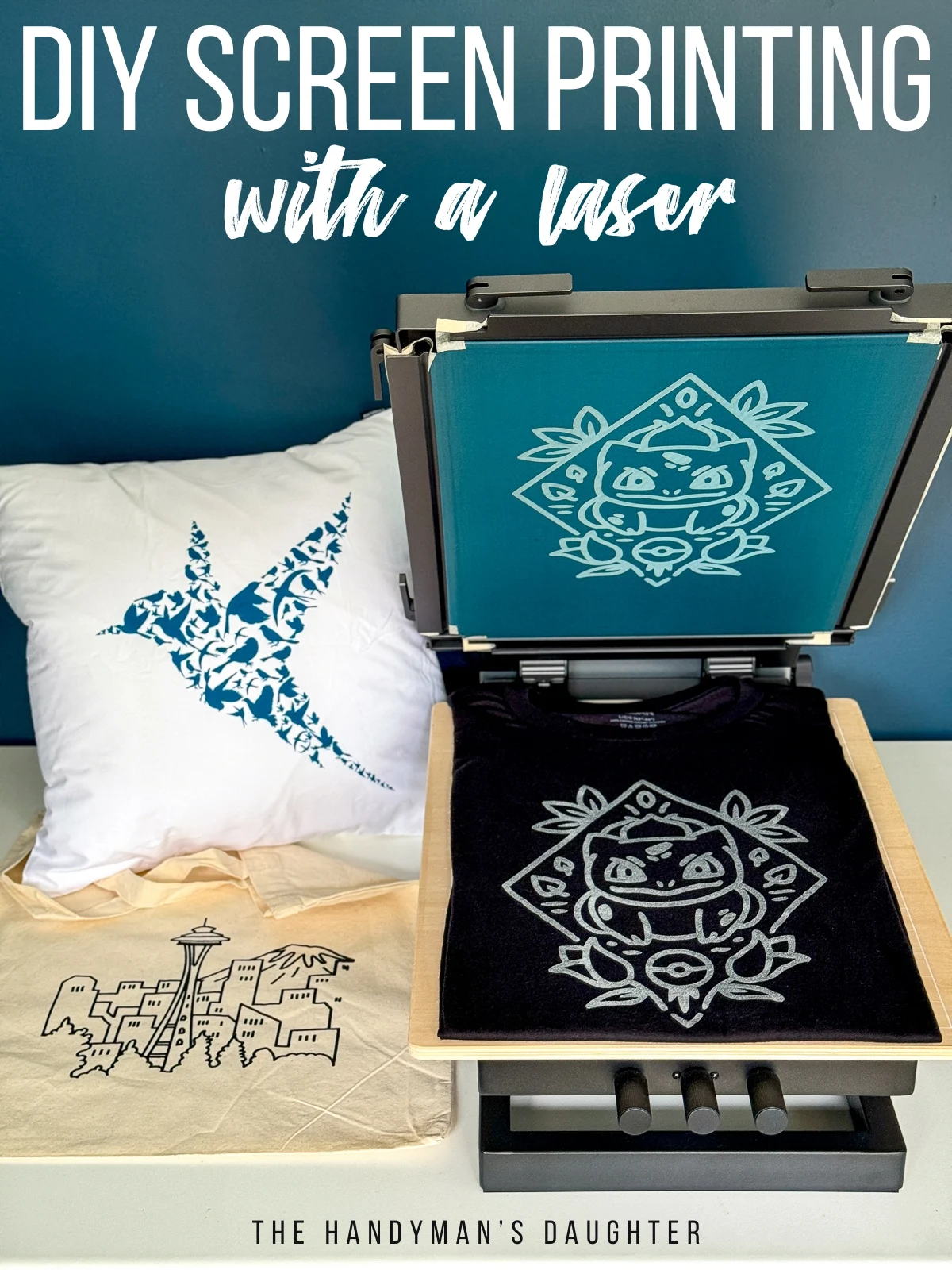The Vital Overview to Recognizing Screen Printing and Its Versatile Utilizes
Screen printing has a rich history that goes back to ancient times, evolving into an advanced method utilized throughout different sectors today. This overview discovers the intricacies of the screen printing procedure, describing its applications in advertising and marketing, fashion, and home décor - 10:9 Design Embroidery. Recognizing these principles can open imaginative possibility for both commercial and imaginative projects. The following areas will certainly reveal necessary ideas and strategies to enhance one's screen printing ventures
The History of Screen Printing
Although screen printing has origins that map back centuries, its evolution shows the creative and technical innovations of different societies. Coming from in ancient China, the technique was initially made use of for enhancing fabrics and later infect Japan, where it came to be essential to Ukiyo-e woodblock printing. The approach moved to Europe in the 18th century, where it gained popularity among craftsmens and industrial printers. The development of picture solution in the 20th century changed screen printing, enabling for more intricate designs and better effectiveness. Artists like Andy Warhol further propelled its popularity, using the medium to develop legendary works that mixed commercialism and fine art. By the late 20th century, screen printing had established itself as a functional technique, utilized in style, marketing, and great art. Today, it continues to develop, incorporating electronic technology and expanding its applications across different markets.
The Screen Printing Process Explained
Screen printing changes artistic visions right into concrete layouts with a collection of specific steps. An image is developed and then transferred onto a screen, generally made of great mesh textile stretched over a frame. A light-sensitive solution is related to the screen, which is revealed to light, hardening in areas not covered by the picture. After washing out the unhardened emulsion, a pattern is created.
Next, the screen is put over the substratum, whether it be textile, paper, or another product. Ink is after that pressed with the open locations of the stencil utilizing a squeegee, depositing the layout onto the substrate below. This procedure can be duplicated for numerous shades, needing separate screens for each tone. Ultimately, the printed item is healed using heat to guarantee the ink adheres effectively, causing a durable, vibrant style prepared for use.
Sorts Of Screen Printing Techniques

Additionally, specialized techniques, such as discharge screen printing, eliminate color from the fabric to produce softer prints, while aluminum foil screen printing applies metal foil to achieve a glossy coating (10:9 Design LLC Company). Each method uses unique attributes, accommodating various innovative demands and manufacturing ranges, eventually expanding the opportunities within the screen printing domain name
Applications of Screen Printing in Various Industries

In addition, the signage and marketing industries utilize screen printing for creating eye-catching displays and banners. This approach permits for vibrant colors and intricate layouts that catch interest. In electronics, screen printing is used for using conductive inks to circuit boards, important for component links. Additionally, the home decoration sector accepts screen printing to produce distinct layouts on textiles and wall art. Generally, screen printing works as a critical device across varied fields, boosting products with personalized and aesthetically attractive graphics.
Tips for Successful Screen Printing Projects
While taking on a screen printing job, careful focus to detail can substantially improve the final end result. Initially, selecting high-grade materials is important; this consists of the screen, inks, and substrates. Utilizing proper mesh counts can affect ink deposition and information resolution. Prep work is equally crucial; thorough cleaning of displays and correct exposure times ensure crisp prints.
Next off, exact enrollment is essential for multi-color prints. Using positioning devices can assist achieve specific layering. Furthermore, screening prints on scrap products prior to production assists recognize prospective issues without throwing away resources.

Frequently Asked Questions
What Materials Are Best for Screen Printing on Material?
Cotton and polyester blends are ideal for screen printing on material as a result of their sturdiness and ink absorption. Additionally, specialized fabrics like silk or canvas can produce distinct appearances and finishes, improving the total design high quality.
How Do I Tidy and Maintain Screen Printing Equipment?
To keep and clean screen printing devices, one need to on a regular basis clean screens with proper solvents, examine mops for wear, oil relocating components, and shop all items in a dry, dust-free environment to extend their life-span.
What Are the Environmental Impacts of Screen Printing?
Screen printing can have considerable environmental effects, consisting of chemical waste from solvents and inks, water use during cleansing processes, and energy consumption. Eco-friendly materials and sustainable techniques are vital for decreasing these adverse results.
Can Screen Printing Be Done at Home Effectively?
Screen printing can be effectively done at home with the right materials and techniques. Hobbyists can produce high quality prints, though success depends upon their skill level, equipment, and understanding of the procedure entailed.
What Are the Prices Related To Beginning a Screen Printing Business?

Beginning a screen printing service includes costs for tools, materials, and workspace. First expenses usually range from a couple of hundred to a number of thousand bucks, depending upon the scale, top quality of machinery, and wanted production capacity.
Screen printing has an abundant history that dates back to old times, progressing into an innovative technique made use of across numerous markets today. An additional strategy, rotating screen printing, uses cylindrical displays, facilitating constant printing on textile rolls, thus boosting efficiency for large productions. Furthermore, specialized methods, such as discharge screen printing, remove dye from the fabric to produce softer prints, while foil screen printing uses metal foil to achieve a shiny surface. In the style sector, screen printing is commonly made use of to create lively layouts on garments, allowing brand names to display their one-of-a-kind styles. Cotton and polyester blends are excellent for screen printing on fabric due to their longevity and ink absorption.